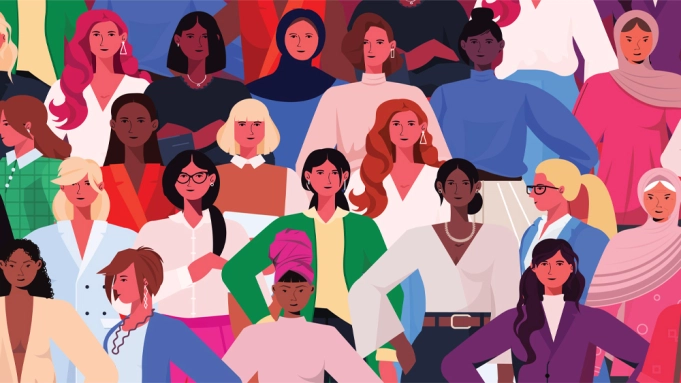Women’s History Month is a month used to celebrate women and how they have made a way for themselves in society. (Photo courtesy of Deadline)

The month of March was recognized as Women’s History Month in the United States for the first time in 1987. Originally, starting in 1981, this celebration lasted one week. But, thanks to the National Women’s History Project, Congress expanded the occasion to the entire month of March.
Because white men founded the United States, marginalized groups were left to create their own way in society in a country that was not designed for them.
One group that has made a way for themselves is women — they have worked hard to eliminate barriers they have faced throughout history. Looking at these accomplishments is a great way to celebrate women’s history month.
Society
Gender roles existed in North America since the very first indigenous colonizers. Men were the hunters of the family or tribe, and the women stayed home to take care of the homes and children. Gender roles for the white people that established the United States formed when they invaded America in the 1400s. A woman’s role in society was to nurture others — defining women as only caretakers, wives, and mothers. They were viewed as weak, small, or inferior to men in society.
Men viewed themselves in a much different way in which they viewed women. They perceived themselves as the one and only gender that was strong and fearless — the leaders of companies and households.
Women have fought, and continue to fight, these stereotypes. This is something that should be recognized.
A good example of women making a statement in society dates back to the 1920s. Women known as flappers challenged traditional gender roles by embracing a new lifestyle. This was one of freedom, expression, and independence. They wore more revealing clothing, new and fun hairstyles, makeup, and statement accessories. They also drank alcohol, smoked cigarettes, and went “out on the town” without male supervision.
The public viewed flappers, and their actions, as immoral and outrageous due to the traditional lifestyle of women at this time. Although flappers received criticism during this time period, women today can now look back and appreciate them as women who fought against the traditional ways of society in order to move closer to equality.
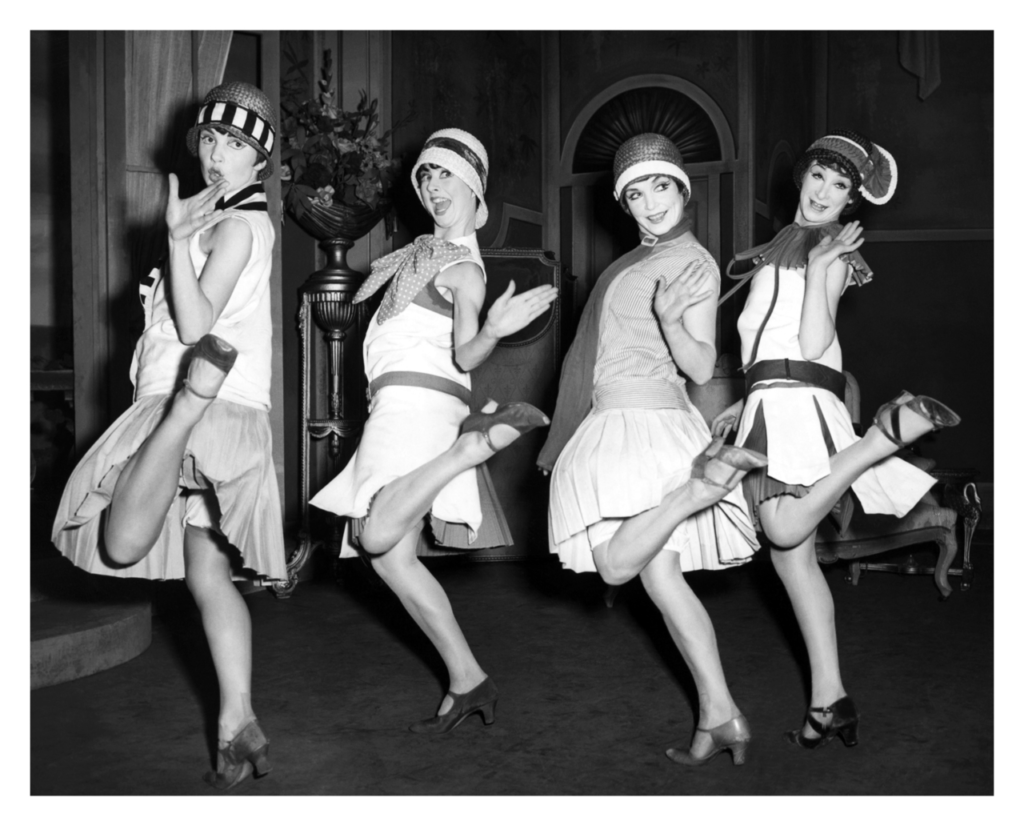
Women have come a long way in society since the 1920s. Women are doctors, teachers, engineers, or anything else they want to be. Women are CEOs of companies such as IBM, General Motors, CVS, Oracle, and more.
However, they still have a long way to go. Stereotypes and gender roles that have existed since the beginning of this country still exist today; women are still fighting those who belittle, take advantage of, and overlook them.
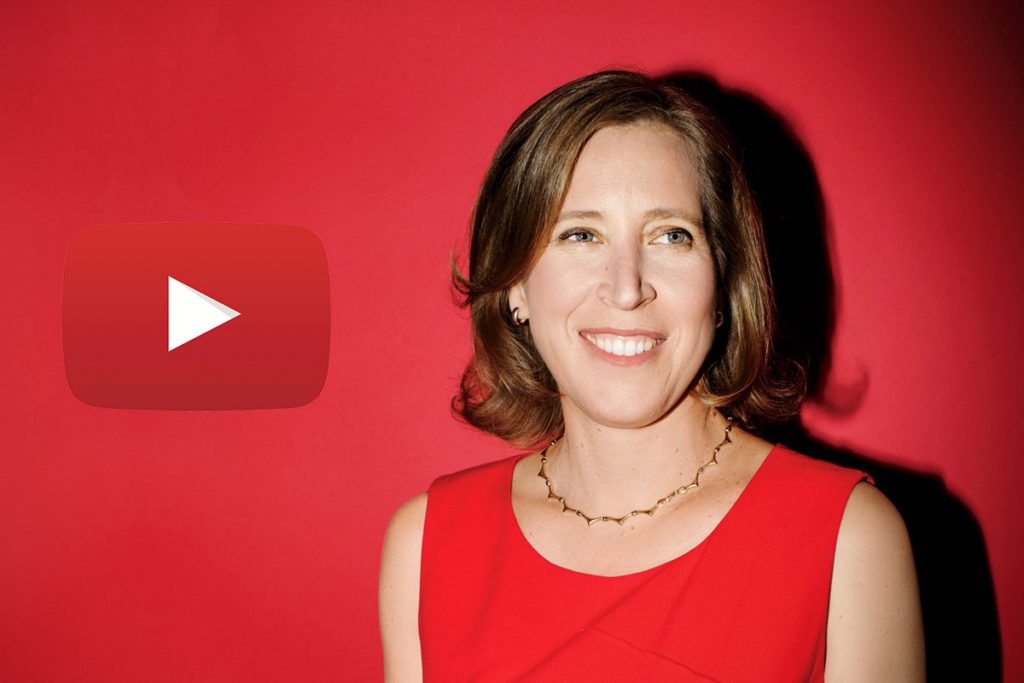
Politics
In the early history of the United States, women were not involved in politics — most politicians were white men. They also held the majority of votes, because only landowners could vote at this time.
Despite the lack of inclusivity in politics and not having the right to vote, women strived to hold positions of power. So, some women ran for office.
In 1866, Elizabeth Cady Stanton ran for the U.S. House of Representatives — she was the first woman to do so.
Victoria Woodhull and Belva Lockwood were the first women to run for president. They did so in the 1970s and 1980s.
The first female mayor in the country, Susanna Salter, was elected mayor of Argonia, Kansas in 1887.
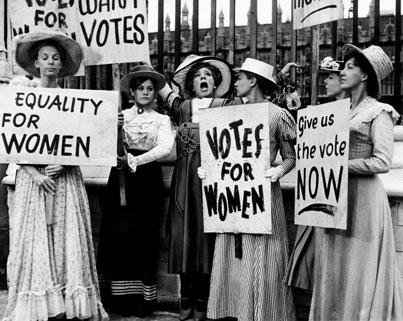
After a long fight towards suffrage, women earned the right to vote in 1920.
Women have come a long way in politics since 1920. As of February of 2021, there are 119 women in the US House of Representatives and 24 women serving in the United States Senate.
Despite their notable advances in politics, women still have a long way to go. There has yet to be a female president, and there are still a much larger number of male politicians than women politicians in the United States.

Wellness
As stated, women have been disrespected and belittled throughout history. This applies to women’s bodies as well.
In the United States, men have always expected women’s looks and bodies to look a certain way. In the early centuries of the United States, rich women were expected to always look presentable and pristine. This meant having hair and makeup done, wearing modest outfits, having a healthy-looking body, etc. Poor women were expected to look insignificant and have a lack of individuality. This meant wearing very modest dresses, even if they weren’t suitable for housework and caring for children. These expectations that men held over women are early examples of a “beauty standard” in America, and women were only desired and respected for how well they fit this standard.
The beauty standard is redefined every so often and the commercial market follows suit. Products that accentuate how women are “supposed to look” are released and quickly rise in popularity. In the 1800s, this was seen with corsets. To match the beauty standard of a very small stomach area and waist, women used corsets in order to make themselves as small as possible in those areas.
Standards such as this one will leave women feeling like they are only wanted for their looks. This unsettling feeling was common among women in the 1800s surrounding the use of corsets. So, one of the first beauty standards in America also turned into one of the first body positivity movements.
The Victorian Dress Reform movement “advocated for the acceptance of women’s bodies” and discouraged women from wearing corsets. It also fought for the normalization of women wearing pants and fewer layers of clothing.
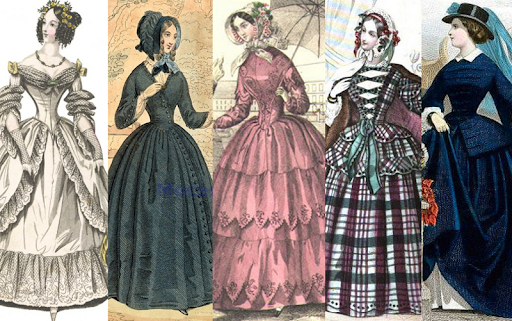
During Women’s History Month in 2021, we can appreciate how far women have come. Women find beauty in all shapes, sizes, complections, clothing, hairstyles, etc.
However, society still creates a beauty standard today and makes women feel like there is only one cookie-cutter way to be beautiful. This is a constant battle for women, but they are fighting it head-on.
@st_it_fans368 ✨YOU ARE PERFECT AS YOU ARE✨#bodypositivity #fypppppppp #lentejas #fyp #parati
♬ Todxs somos perfectxs a nuestro modo – It_stranger_things_fans
Women embrace themes of individuality, body positivity, and confidence on Tik Tok using #body positivity. This is one way that women are making history in women’s wellness.
These three topics are only a few areas in which women have made massive advances throughout history. They have so many other notable accomplishments and continue to make history every day. This is why Women’s History Month is important — it is a great opportunity to look at all the ways women have changed the world for themselves and others.

Hi! My name is Mary. I’m the engagement editor for The Mycenaean. I am a member of the Leesville Symphonic Band and I have 3 dogs!
